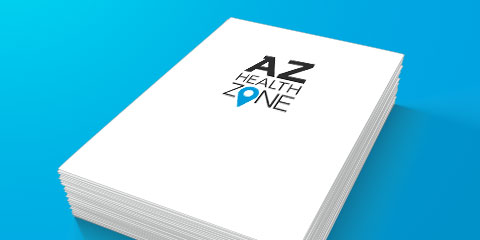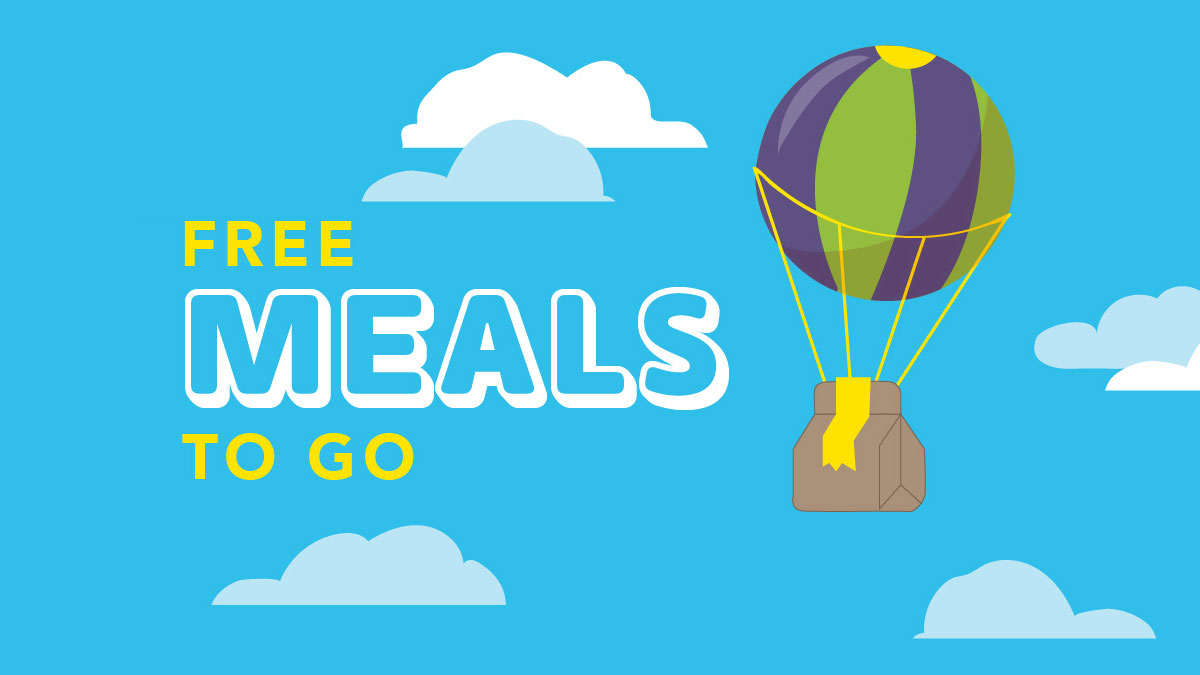Tools
Search or browse tools using the form below.
Active Living 45 Tools
This fact sheet discusses the benefits of well written shared-use agreements.
View ToolNemours Health and Prevention Services created these physical activity guidelines to help promote and support quality physical activity for children and youth.
View ToolThis fact sheet provides talking points and information to use when advocating for healthier street design.
View ToolThis fact sheet provides talking points and information to use when advocating for healthier street design.
View ToolThis comprehensive fact sheet discusses the legal implications of establishing a crossing guard program and identified concrete steps public entities – including school districts – can take to minimize their exposure to liability. While this ChangeLab Solutions’ resource was designed for California communities, information contained within the fact sheet can be adapted for use in other states as well.
View ToolThis checklist is designed to identify issues to consider when developing a joint use agreement to share existing facilities.
View ToolThis fact sheet is intended to help districts, parents, and active transportation advocates understand the legal implications of implementing a remote drop-off program and determine whether it is appropriate for their community. It also includes a cost-benefit worksheet for districts to assess the relative risks of implementing a remote drop-off program versus existing drop-off routines. While this ChangeLab Solutions’ resource was designed for California communities, information contained within the fact sheet can be adapted for use in other states as well.
View ToolThis resource guide is intended for education policymakers, administrators and personnel at the state, school district, and individual school levels. It provides a detailed examination of the most up-to-date and relevant research linking physical activity and academic achievement, as well as the current rates of activity among school-aged youth. Common challenges and obstacles faced by schools—such as transportation costs, safety and liability issues—are discussed, as well as ways Safe Routes to School programs can help to mitigate these issues.
View ToolThis guide provides a roadmap to making all types of communities bicycle friendly. This guide helps policy makers figure out where to start, and spells out how to effectively use policy to promote bicycling.
View ToolCongratulations on getting your Club up and walking! You got the motivated, now keep them motivated for big success. Use these tips to make sure your Walking Club doesn't break stride.
View ToolThis resource guide provides public health and community partners with a concrete path to improve community health. These tools can be used comprehensively in an integrated approach that examines how well the physical characteristics of a community promote positive health outcomes, or individually to address a specific problem.
View ToolThese slides come from the Heralthy Community Design workshop series hosted by AZ Health Zone (3 parts). The Slides walk through a built environement, how to make change and who you can look to for help. This PowerPoint is meant to provide background and knowledge for LIAs, not SNAP-Ed participants.
Part 3 takes a look at where in the implementation process you can get involved, how to be an advocate and who to partner with
View ToolThese slides come from the Heralthy Community Design workshop series (3 parts) hosted by AZ Health Zone. The Slides walk through a built environement, how to make change and who you can look to for help. This PowerPoint is meant to provide background and knowledge for LIAs, not SNAP-Ed participants.
Part 2 takes a look at the planning process and how you can get involved.
View ToolThese slides come from the Heralthy Community Design workshop series (3 parts) hosted by AZ Health Zone. The Slides walk through a built environement, how to make change and who you can look to for help.This PowerPoint is meant to provide background and knowledge for LIAs, not SNAP-Ed participants.
Part 1 walks through the different types of plans and the levels of government that affect planning.
View ToolThis toolkit has been prepared to assist Arizona communities make changes what will result in the creation of a healthy physical environments for our residents. It provides a general overview of the process – explanation of the requirements and purpose for the plan, who to talk to in local government, how to get involved, a checklist for what policy topics should be addressed, and example policies that may be considered for incorporation into the plan.
View ToolThe day has finally arrived - your Walking Club is ready for its debut! Celebrate the launch of your Walking Club with a kickoff event. This flyer will help get you started.
View ToolFollow these four simple steps, andy you'll be on your way to plotting a course with your new Walking Club.
View ToolNow it's time to spread the word. Put out a call for Walking Club comrades and keep them in the know using these easy strategies.
View ToolSafe Routes to School (SRTS) programs and projects help schools and communities improve safety, and get more children walking and bicycling to and from school. This resource guide focuses on schools and communities where at least half of students or community residents are low-income; it is intended to fill that gap.
View ToolThis infographic outlines a few of the many strategies that can help get people bicycling around town.
View ToolThis fact sheet outlines three principles of walkable streets: safety, convenience, and comfort. It also offers strategies for combining efforts across different local agencies, and provides advice for making short-term improvements and lasting, long-term change that make it easier for people to choose healthier ways to get around.
View ToolThis fact sheet explains why liability fears shouldn’t keep schools from supporting Safe Routes to School programs, and offers practical tips for schools and community advocates.
View ToolThe National Policy & Legal Analysis Network to Prevent Childhood Obesity (NPLAN) developed model joint use agreements to aid the development of such agreements. There is no one model joint use agreement and there is no single method to develop an agreement, but these are a great start.
View ToolThis report explains how to use one set of tools – zoning and subdivision codes – to make communities more walkable and bikeable. It was designed to assist public health department professionals and advocates in their efforts to revise their local codes, but it may also be useful to other stakeholders routinely involved with updating and revising zoning and subdivision codes, including elected officials, planners, and local advocates.
View ToolThis resource calls out specific approaches and tools that may be particularly helpful for rural schools, exploring elements of the Safe Routes to School District Policy Workbook. It walks through why safe routes matter, how to succeed with safe routes, and policies that support walking and biking to schools.
View ToolThe Open Streets Project is collaboration between the Alliance for Biking & Walking and The Street Plans Collaborative. The goal of the project is to share information about open streets and increase the number, size, and frequency of initiatives occurring across North America. The Open Streets Project includes a published guide and this interactive website, which allows advocates and new open streets organizers to explore open streets efforts in other peer cities. To learn more, please visit: http://openstreetsproject.org/
This fact sheet explains how state laws, insurance, and joint use agreements can help protect school districts from liability.
View ToolThe Midcourse Report is intended to identify interventions that can help increase physical activity in youth across a variety of settings. It focuses on 5 settings which include: schools, preschool and childcare centers, community, family and home, and primary care. The report also discusses the importance of each setting and its relation to youth physical activity and important precedents for policy involvement.
View ToolThis toolkit is a nuts-and-bolts guide designed to help school staff and other community leaders craft and implement joint use agreements. Complete with model agreement language and success stories from communities around the country. This toolkit provides a comprehensive overview of the most common ways to finance joint use arrangements, and guidance on how to overcome obstacles that may arise in negotiating and enforcing a joint use agreement.
View ToolThis guide is a comprehensive reference manual designed to support the development of Safe Routes to School (SRTS) programs. It provides links to other SRTS publications and training resources. It contains several chapters about specific topics of a SRTS program and is an “all-inclusive” guide.
View ToolThis illustrated roadmap outlines thirteen policy options that can help make Safe Routes to School a permanent part of our communities. The accompanying brochure breaks down the policy options even further.
View ToolThis illustrated roadmap outlines thirteen policy options that can help make Safe Routes to School a permanent part of our communities. The accompanying brochure breaks down the policy options even further.
View ToolThis fact sheet provides talking points and information to help communities create Safe Routes to School programs and policies. English_Spanish
View ToolThese successful demonstrations showcased proven methods of slowing traffic and increasing safety with traffic calming designs. The demonstrations were used to educate community members, elected officials, and city staff on how we can work together to create safer, more vibrant, and healthier communities. These educational events have the potential to influence policy change for better street design.
View ToolThis resource has a library of how-to guides featuring useful advice and tools for creating a successful Walking Club. You’ll find a variety of ideas here, so you can do what works best for your Walking Club.
Visit WebsiteThe purpose of this guide is to provide a clear description of how to plan and organize a walking school bus using adult volunteers as leaders. This step-by-step guide outlines how to plan and implement a walking school bus for your school, and includes proven tools, tips and resources for a fast and easy start. Whether or not you are familiar with SRTS, this guide will get you started on the right foot.
View ToolVERB™ Scorecard is a practice-based intervention designed to increase activity levels of tweens (9-13 year olds) through a community-wide campaign effort. This includes promoting physical activity opportunities and utilizing a “passport” (scorecard) system of tracking physical activity during a designated time period. This is a community level environmental change intervention that targets individual behavior.
View ToolThis checklist helps give insight into walkability of a neighborhood. It contains insightful questions, allowing the user to evaluate specific aspects of a neighborhood’s walkability. In addition to the questions, the checklist provides both immediate answers and long-term solutions to a neighborhood’s potential problem areas.
View ToolGet your Walking Club off on the right foot by learning and sharing the basics of walking. Here's what Walking Club members need to know before hitting the pavement.
View ToolThis tool aims to help get kids more physically activity on their way to school. This resource identifies areas to work on in order to get a walking school bus in your community which includes where to start, reaching more children, identifying potential routes, finalizing logistics and kicking off the program. To learn more, please visit: http://www.walkingschoolbus.org/
Visit WebsiteThis fact sheet provides an introduction to and basic information about joint use agreements.
View ToolOrder Materials
Request and reserve marketing materials and items to help your nutrition education.
Order MaterialsCollaborator Archive
Having troubles finding a specific item? Don't worry we have them all in our archive.
View Archive
